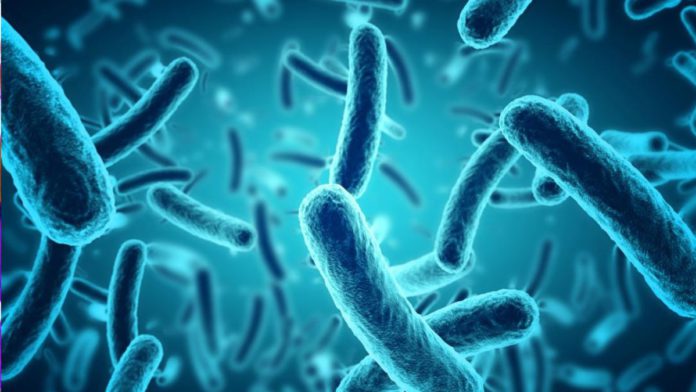UT Southwestern researchers have found a new family of sensing genes in enteric bacteria using artificial intelligence (AI). The genes are linked by structure and function but not by genetic sequence.
Published in PNAS, the findings offer a novel approach to identifying genes’ role in unrelated species and could also lead to new ways to fight intestinal bacterial infections.
Professor of Molecular Biology and Biochemistry, Kim Orth, co-led the study with the Department of Molecular Biology’s Lisa Kinch, a bioinformatics specialist. We identified similarities in the proteins in reverse of how it is usually done. Instead of using sequence, we looked for matches in their structure, said Orth.
Read More: Schrodinger Is Using Artificial Intelligence Solutions To Develop Medical Drugs
Dr. Orth’s lab studies how estuary and marine bacteria cause infections. In 2016, she and her colleagues used biophysics to characterize the structure of two proteins called VtrA and VtrC complexes that work together in a bacterial species called Vibrio parahaemolyticus.
Orth and her team used the artificial intelligence software called AlphaFold for their research. The AI program can accurately predict the structure of some proteins based on the genetic sequence that codes for them. Previously, this information was only gleaned through laborious work in the laboratory.
Orth said these advancements could eventually lead to the discovery of pharmaceuticals that treat conditions caused by different infectious organisms relying on similar pathogenic strategies.


